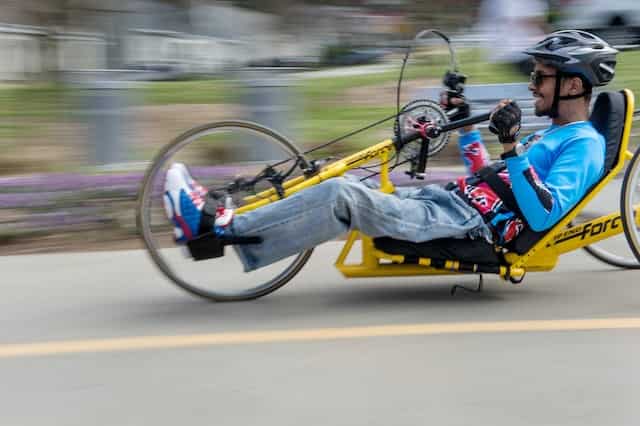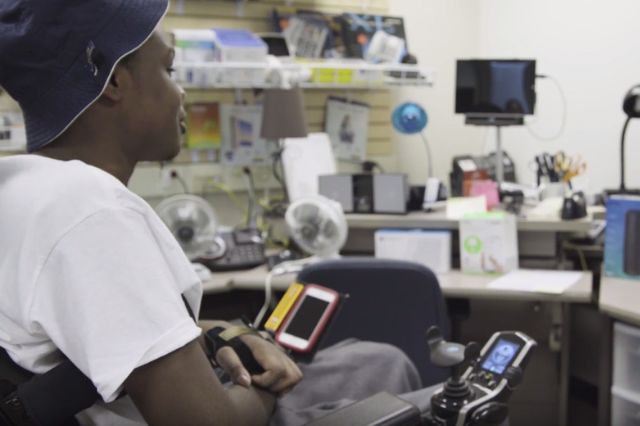Sacrum Fracture and Sacral Spine Injury
Where Is a Sacrum Injury Located?
 The sacral spine (sacrum) is located below the lumbar spine and above the tailbone, which is known as the coccyx. Five bones that are fused together make up the triangle-shaped sacrum, and these bones are numbered S-1 to S-5. Each number corresponds with the nerves in that section of the spinal cord.
The sacral spine (sacrum) is located below the lumbar spine and above the tailbone, which is known as the coccyx. Five bones that are fused together make up the triangle-shaped sacrum, and these bones are numbered S-1 to S-5. Each number corresponds with the nerves in that section of the spinal cord.
Types of Sacral Spine Injury
Depending on the type of sacral injury or nerve damage, its location affects the nerves in that area and leads to lack of control and pain:
- S1 nerves affect the hips and the groin area.
- S2 nerves affect the backs of the thighs.
- S3 nerves affect the medial buttock area.
- S4 nerves affect the perineal area.
Pelvic organs are controlled by the nerves in the sacral region. These organs include the bladder, bowel and sex organs.
General Effects of Injury to Sacral Nerves – S1 to S5
There is no spinal cord in the sacrum region; however, sacral nerve damage in the sacral spine may have symptoms similar to spinal cord damage. Typically, with a sacrum injury or sacrum fracture:
- Injuries generally result in some loss of function in the hips and legs.
- There may be little or no voluntary control of bowel or bladder organs, but people with this injury can manage on their own with special equipment.
- People with a sacral spinal cord injury will most likely be able to walk.
Damage to the sacral spine is rare and may only occur with a serious injury, such as a fall or trauma directly to the area. People who have osteoporosis or arthritis may develop stress sacrum fractures.
Sacrum Injury Prognosis and Recovery
Prognosis and recovery from a sacral spine injury differs from patient to patient. The difference is due to the type of injury and the level of severity.
A patient’s health is also a factor in determining the level of independence achieved after an injury. This includes body type, existing medical conditions and other injuries that may have occurred at the time of the spinal cord injury.





